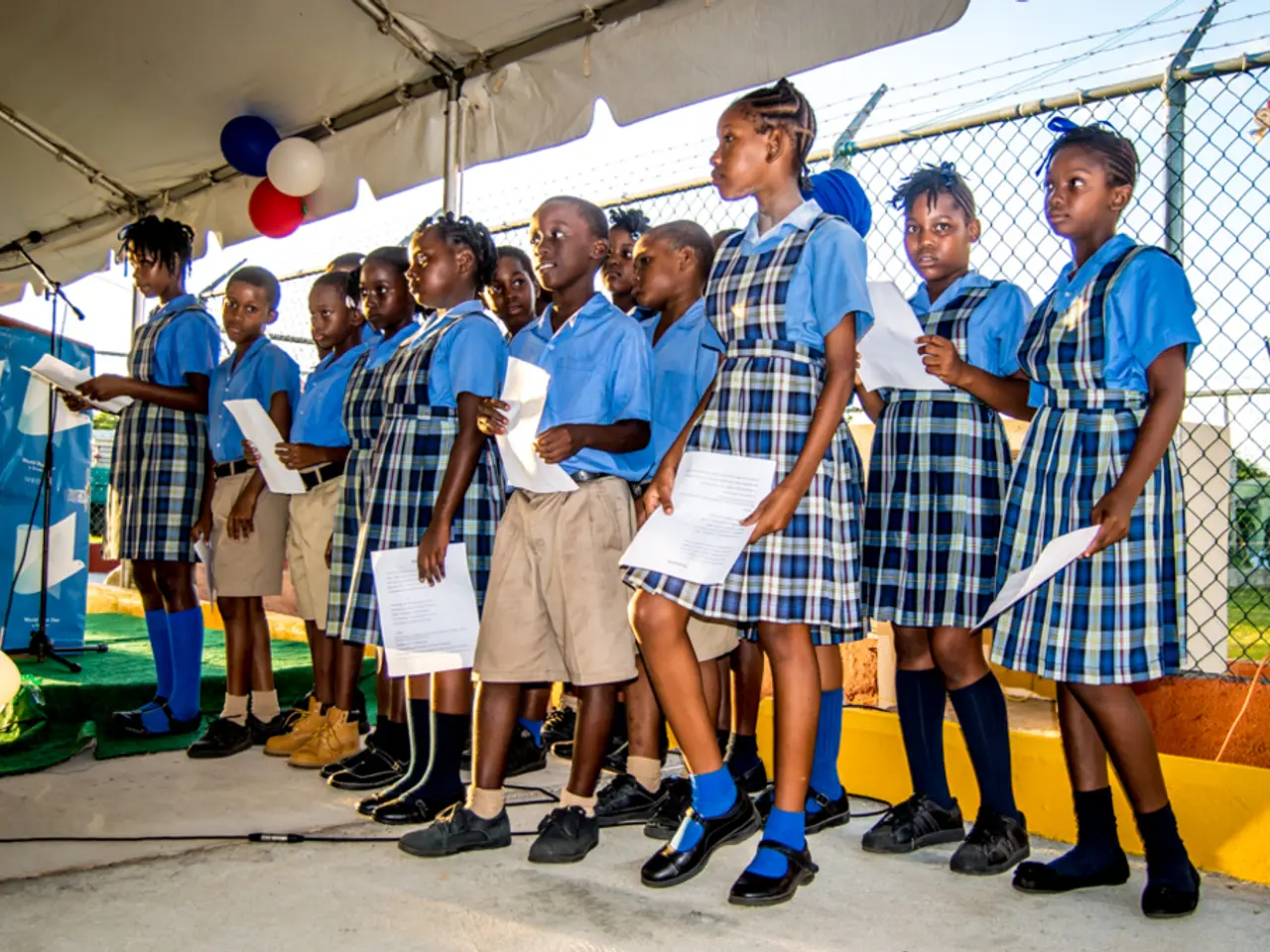Youth Mental Health Struggles Amidst Pandemic Draws Attention from U.S. Surgeon General
In recent years, there has been a significant increase in mental health issues among high school students. According to data, persistent sadness or hopelessness increased by 40% among this age group from 2009 to 2019, affecting 1 in 3 high school students. This trend continued during the pandemic, with students reporting increased feelings of boredom, anxiety, depression, worry, loneliness, and difficulty sleeping.
The pandemic has disrupted the social lives and education of young people, affected their access to healthcare, social services, and more, and many children have lost a caregiver or loved one to the virus. This has led to increased stress among caregivers, with 50% of families facing food and housing insecurity during the pandemic, compared to 16% before.
Marginalized populations, such as racial and ethnic minorities, LGBTQ+ youth, youth with disabilities, low-income youth, youth in rural areas, youth in immigrant households, youth involved with the child welfare or juvenile justice systems, homeless youth, and youth with disabilities, have been disproportionately affected by these mental health challenges.
A 2021 study found increased depression, anxiety, and social risks among urban, racial, and ethnic minority children ages 5 to 11 years old during the first year of the pandemic. Research from The Trevor Project estimates that 1.8 million LGBTQ youth nationwide contemplate suicide each year, with LGBTQ Youth of Color being especially vulnerable.
The pandemic has made some LGBTQ youth even more vulnerable, as they were separated from key resources that served to affirm their identities and offer valuable support. According to Abbie Goldberg, PhD, LGBTQ youth are at elevated risk for depression, anxiety, and other mental health challenges due to social exclusion and stigma.
Research from 2020 notes the effects of social distancing can be difficult for children with developmental and intellectual delays to understand, impacting their mental well-being and potentially leading to higher levels of social isolation. Similarly, the American Psychological Association reminds caregivers of children with disabilities to know their rights and take appropriate precautions, as well as talking with children about COVID-19 safeguards, managing their anxiety, and protecting the rights of youth at risk of self-harm.
The U.S. Surgeon General issued an advisory on Dec. 7, 2021, to address the growing mental health crisis affecting children and teens. The advisory recommends key actions in both public and private sectors to improve youth mental health, including increasing access to mental health services, promoting prevention and early intervention programs, integrating mental health education into schools, and addressing social determinants like trauma and discrimination. These measures aim to create supportive environments, reduce stigma, and ensure timely care for young people experiencing mental health challenges.
There is hope, however. New Trevor Project research shows a link between identity acceptance and gender-affirming care like hormone therapy and a reduction in suicides among LGBTQ youth. This underscores the importance of visibility, humanizing mental health challenges, and destigmatizing mental health help-seeking in schools, public health campaigns, and community agencies.
The mental health crisis among youth is a complex issue, but addressing it requires a comprehensive approach that acknowledges the unique challenges faced by marginalized groups and prioritizes prevention, early intervention, and access to care. By working together, we can create a more supportive and inclusive environment for all young people.
Read also:
- Understanding Hemorrhagic Gastroenteritis: Key Facts
- Stopping Osteoporosis Treatment: Timeline Considerations
- Tobacco industry's suggested changes on a legislative modification are disregarded by health journalists
- Expanded Community Health Involvement by CK Birla Hospitals, Jaipur, Maintained Through Consistent Outreach Programs Across Rajasthan








